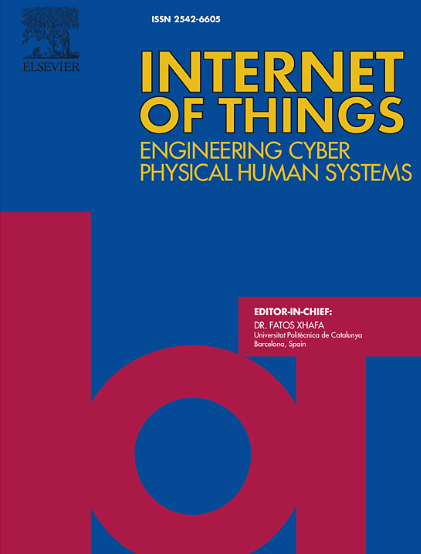Low latency and secure data encryption for multi-hop biometric authentication in distributed networks
IF 6
3区 计算机科学
Q1 COMPUTER SCIENCE, INFORMATION SYSTEMS
引用次数: 0
Abstract
Because of the rapid development of artificial intelligence and big data technology, biometric information has become widely used in applications across industries, such as biometric authentication and telemedicine. However, biometric information is unique and cannot be changed or restored once leaked. Therefore, the security and management of biometric information must be more thorough than those applied to other types of information. In particular, if end-to-end encryption is not maintained and decryption is performed for the sake of precise data learning or information protection at intermediate nodes, the security of the process becomes weaker, increasing the risk of data leakage. To solve such problems, research is currently being conducted on homomorphic encryption, in which calculation and learning can be performed in an encrypted state, for biometric recognition systems. However, homomorphic encryption requires a larger ciphertext size than those used in other encryption methods. Thus, this type of encryption has been limited by its large delay, which deteriorates the performance because of noise boost-up and thus does not guarantee quality of service in a multi-hop network environment. This study proposes a novel multi-hop encryption-based biometric information slicing method to improve latency and security in biometric authentication. Experimental results demonstrate an 83.23% latency reduction compared to a conventional single-process model in a Paillier-based homomorphic encryption environment. Additionally, it offers a 98.4% security improvement compared to the commonly used Advanced Encryption Standard for packet encryption. This approach effectively addresses the trade-off between security and latency, a critical aspect not fully explored in previous studies.
求助全文
约1分钟内获得全文
求助全文
来源期刊

Internet of Things
Multiple-
CiteScore
3.60
自引率
5.10%
发文量
115
审稿时长
37 days
期刊介绍:
Internet of Things; Engineering Cyber Physical Human Systems is a comprehensive journal encouraging cross collaboration between researchers, engineers and practitioners in the field of IoT & Cyber Physical Human Systems. The journal offers a unique platform to exchange scientific information on the entire breadth of technology, science, and societal applications of the IoT.
The journal will place a high priority on timely publication, and provide a home for high quality.
Furthermore, IOT is interested in publishing topical Special Issues on any aspect of IOT.
 求助内容:
求助内容: 应助结果提醒方式:
应助结果提醒方式:


